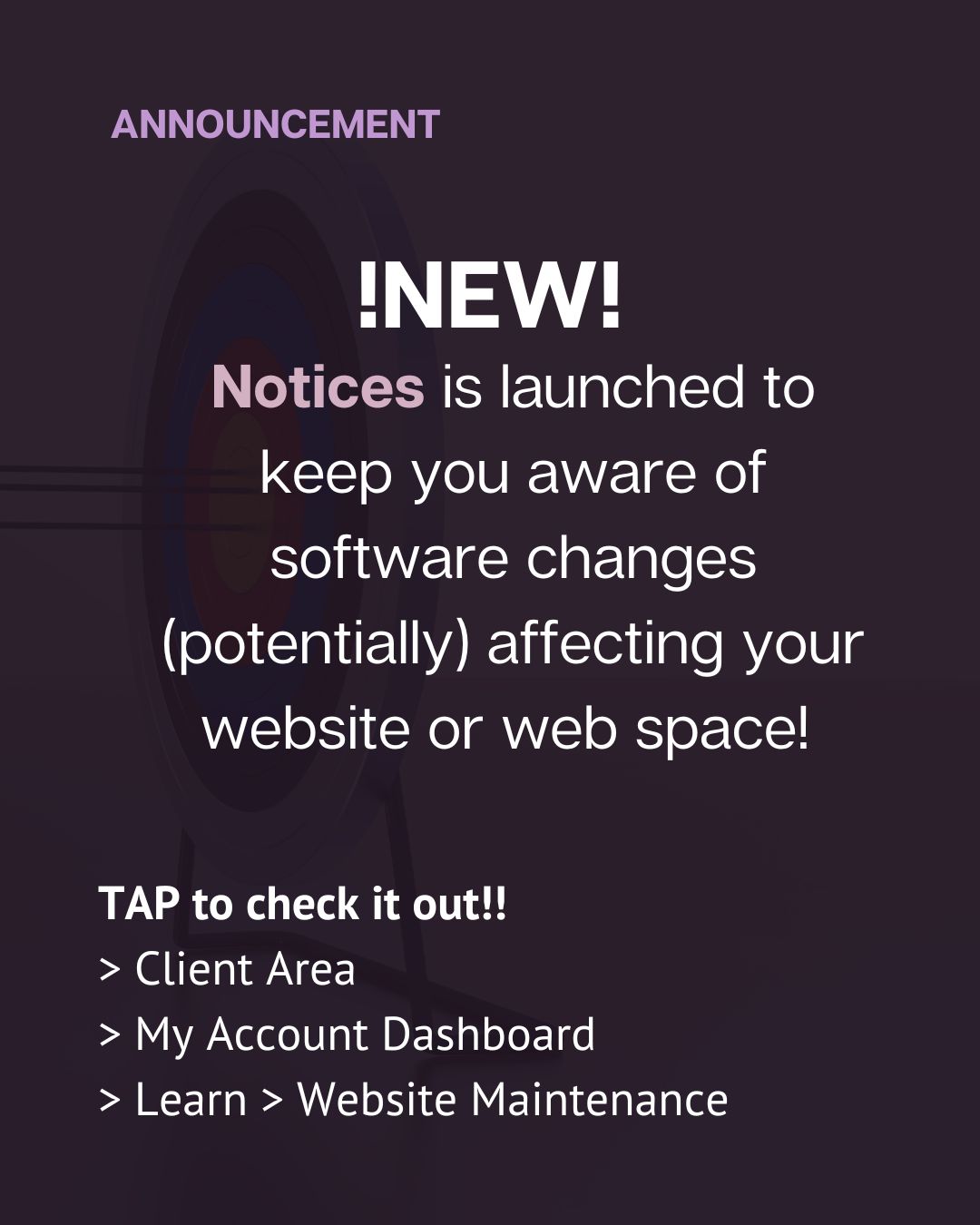Websites can be complex things; one wrong move and it can have serious repercussions across your website. This is why it is critical to understand the following:
Now that you have a website, you want to ensure that your overall business strategy includes how your website will support your business and your customers.
Online Advertising/ Online Ambassador
Your website should have all the “for more information” details which someone or your customers would need to know. These can be accomplished in two popular ways:
Lead Generation
When we search on Google, we are receiving information that a WEBSITE owner has documented and prepared for you to review. This means they took your search from Google and placed you onto THEIR website in order to market another service or product to you.
Lead generation is (in its very basic form), generating leads where you want them in order to make a profit from it. As a result, as a small business owner you’d want to generate leads over to your website where you can share more information about your products and services.
Rather than use a LinkTree or other similar service, use YOUR website!
Getting your website found / clicked on
If you’re not currently pushing as much customer interaction as you can to your website, you’re losing a major opportunity! When Google (and other search engines) can read that your website receives ‘clicks’, your website can become more recommended to ‘searchers’.
The best way to capitalize on any leads your website may get, is to use your website link any and everywhere possible! This can also mean doing away with Linktrees and other such services in favor of a Bio Link page directly on your website!
The only way to make all of this possible, is that you have to actually develop the site. Here are some of the basic elements of web development that you should understand as a business owner.
The Web Development Side you need to know
HTML > this is how text and images are written and displayed on your website.
CSS > this is coding, and impacts the look, feel and behavior of various elements of your website.
The Front End– what you see easily. The results of CSS and HTML working seamlessly. It also involves additional functions which are granted with AddOns. These are the elements you navigate to, which includes adding new products, new pages, new menus etc.
The Back End– the prices Web Developers put together which determines how the site works. A back-end developer makes updates and changes to the site’s architecture, and they also monitor the functionality of the site. This type of web development consists of three parts: the (hosting) server, applications (plugin compatibility), and a database (intangible website files).
Wrapping up the basics
When you find a web developer that you can trust, you’re going to be guided into the best and or safest ways to expand or design your website. In some cases your decided / guided design might mean YOU’RE putting your website at risk.
Your web developer would at best make suggestions/ recommendations to guide you. Still, these details are pretty important for you to know.




Drop a comment; it reminds us to share more!